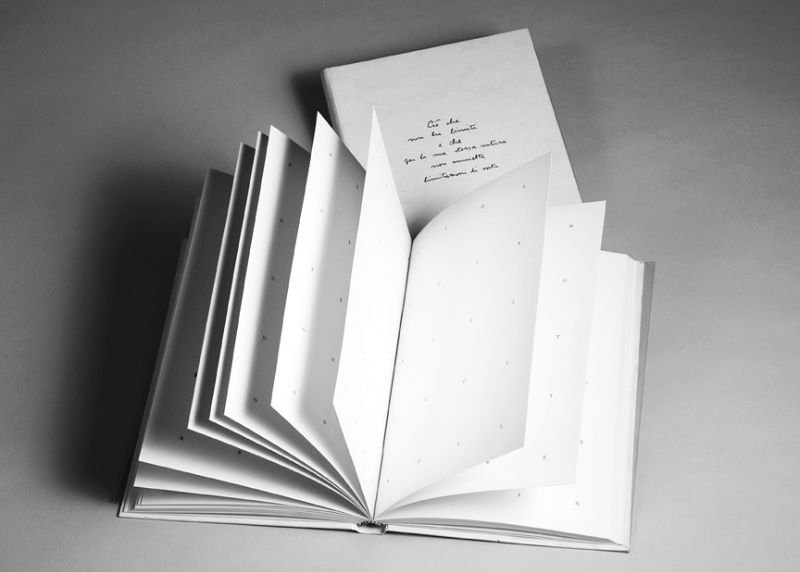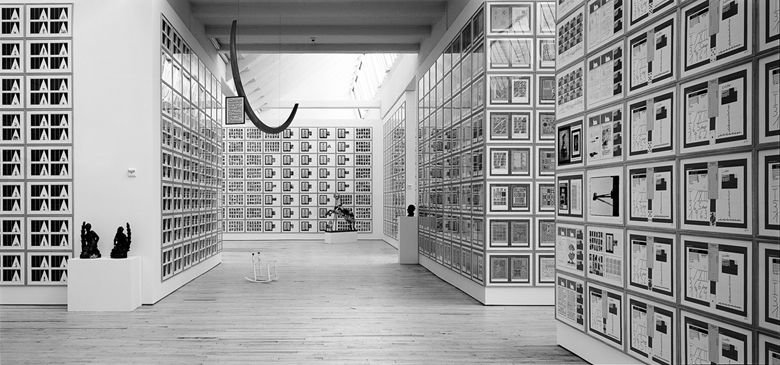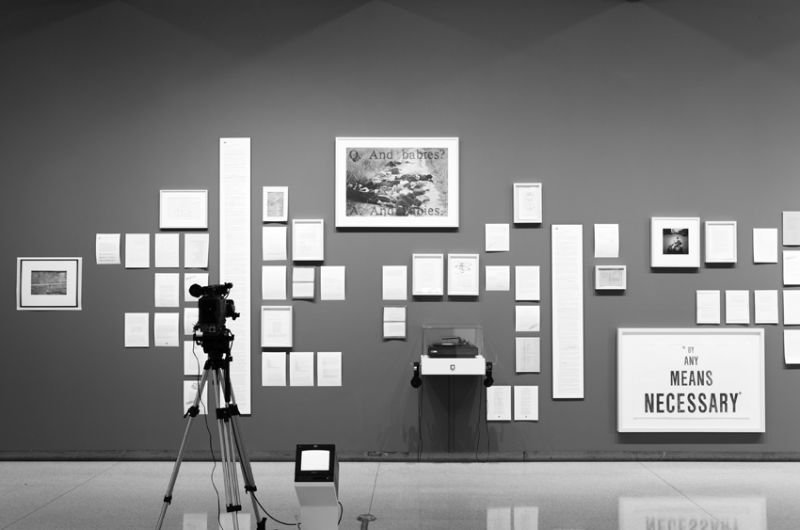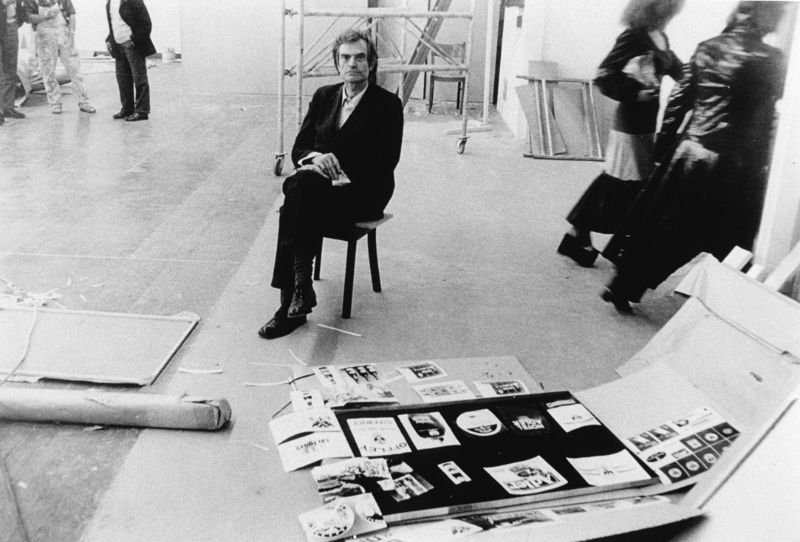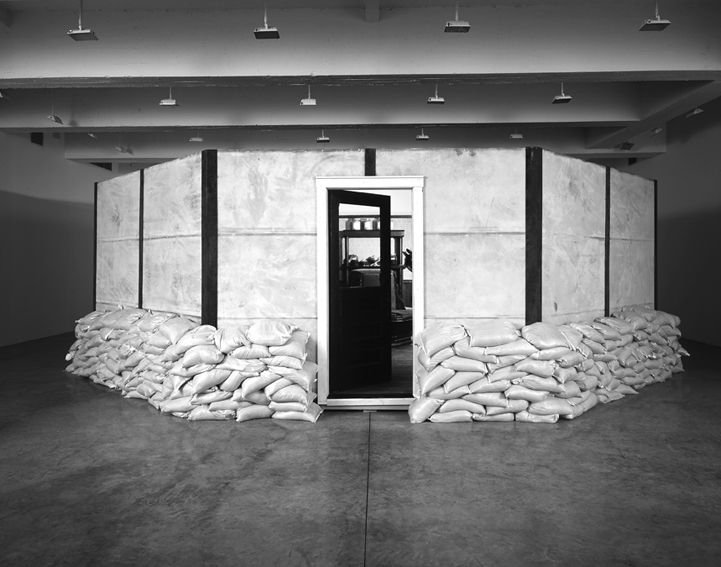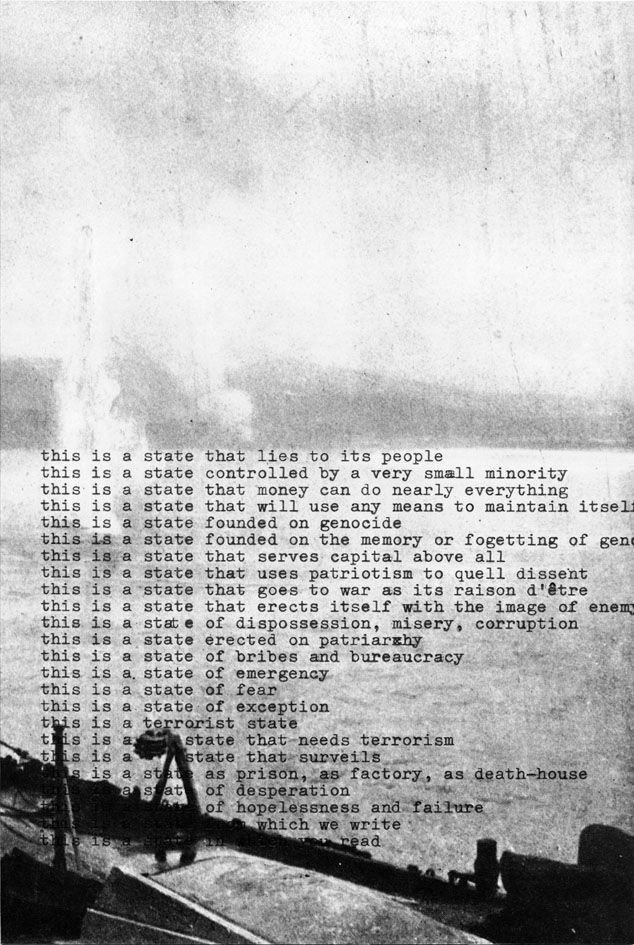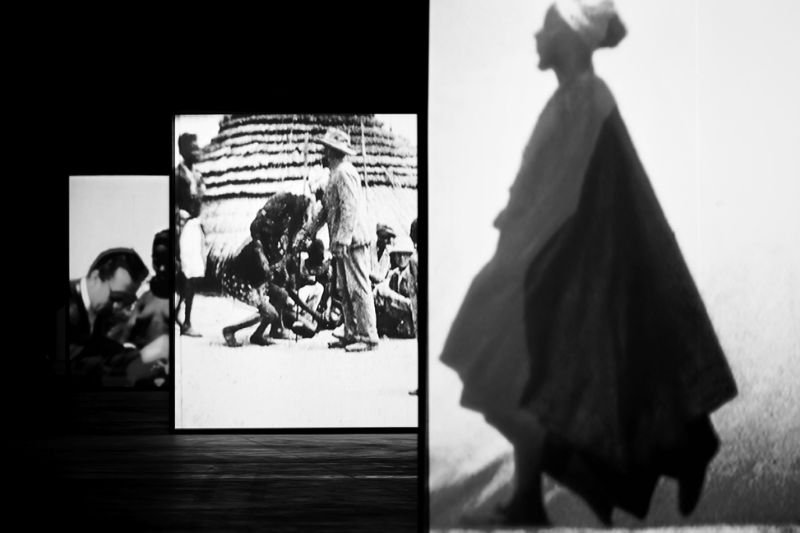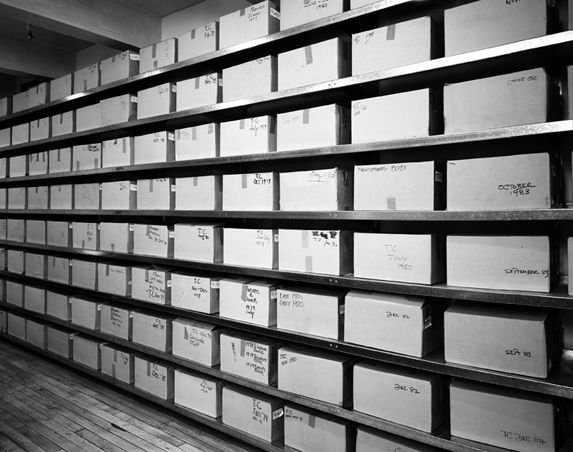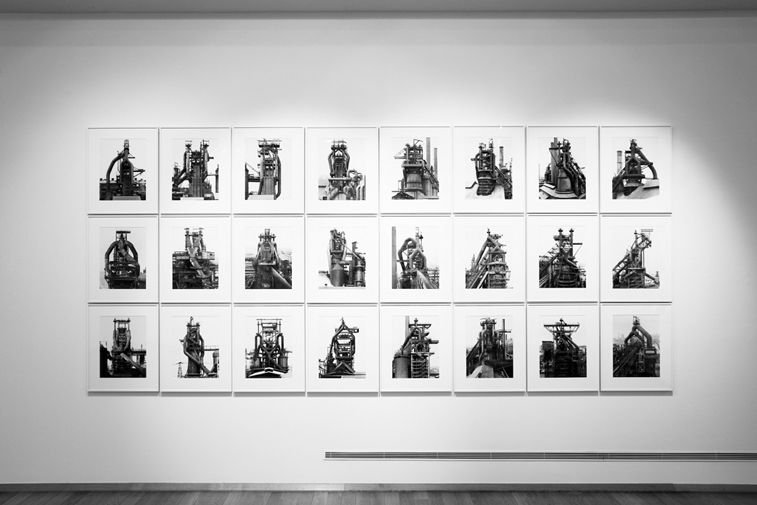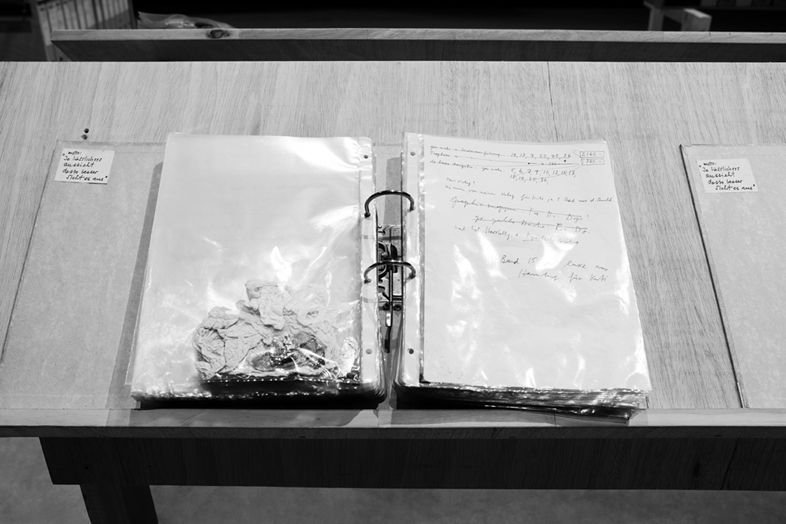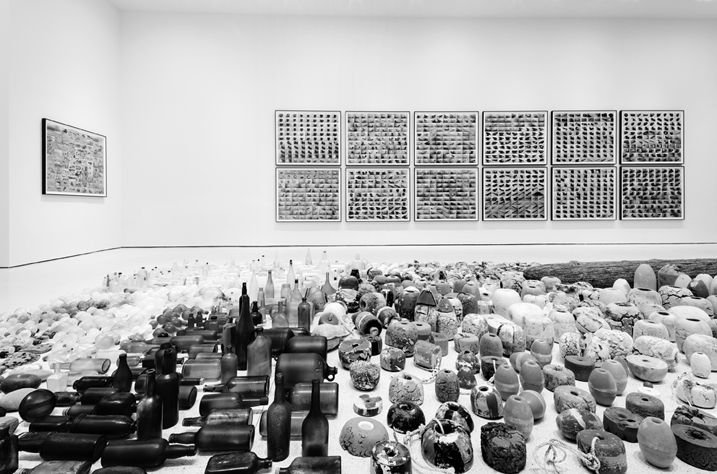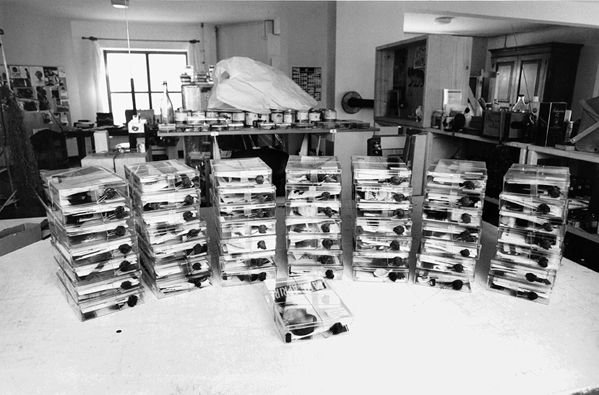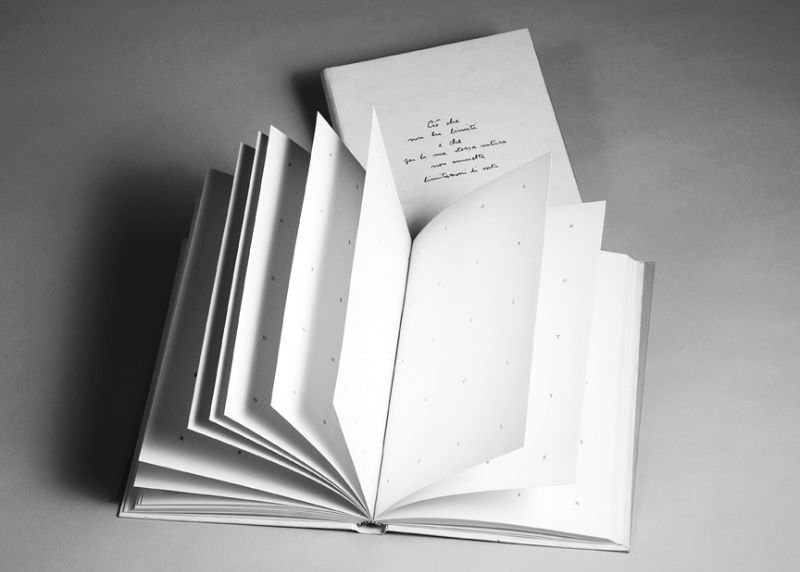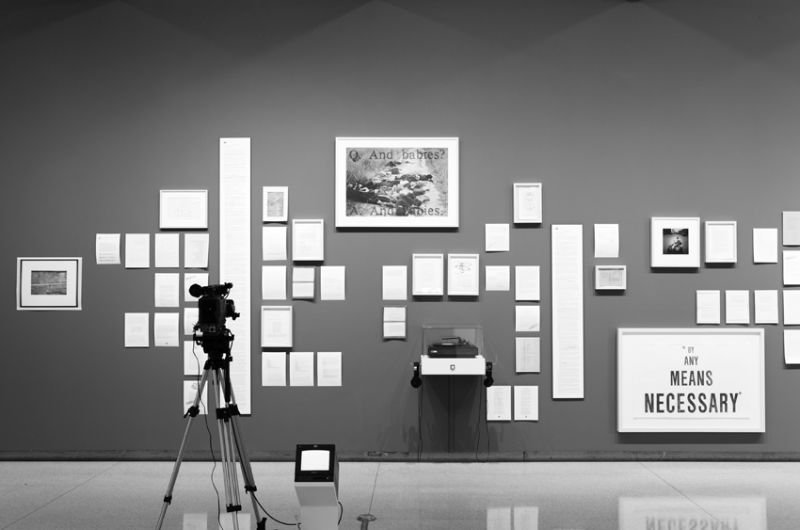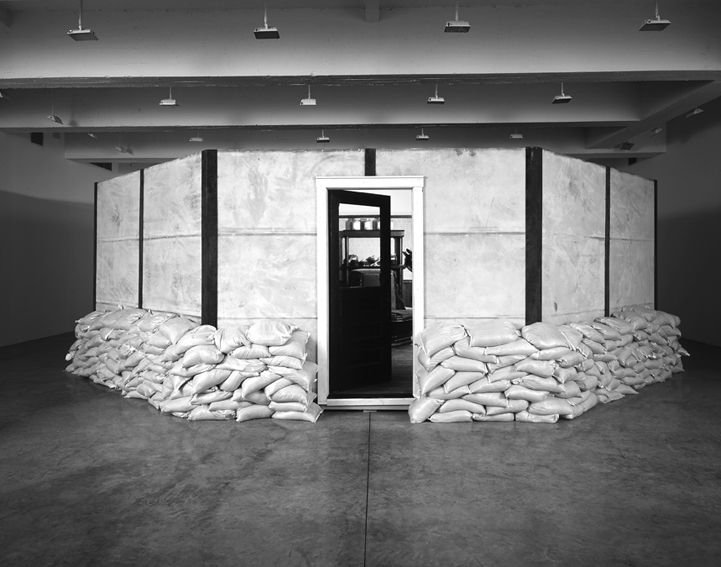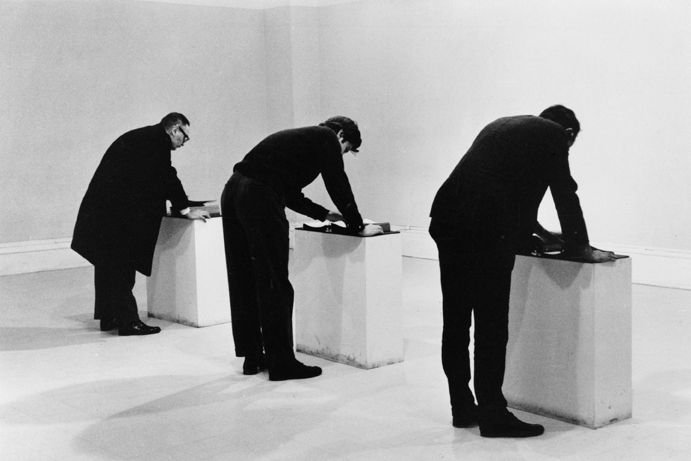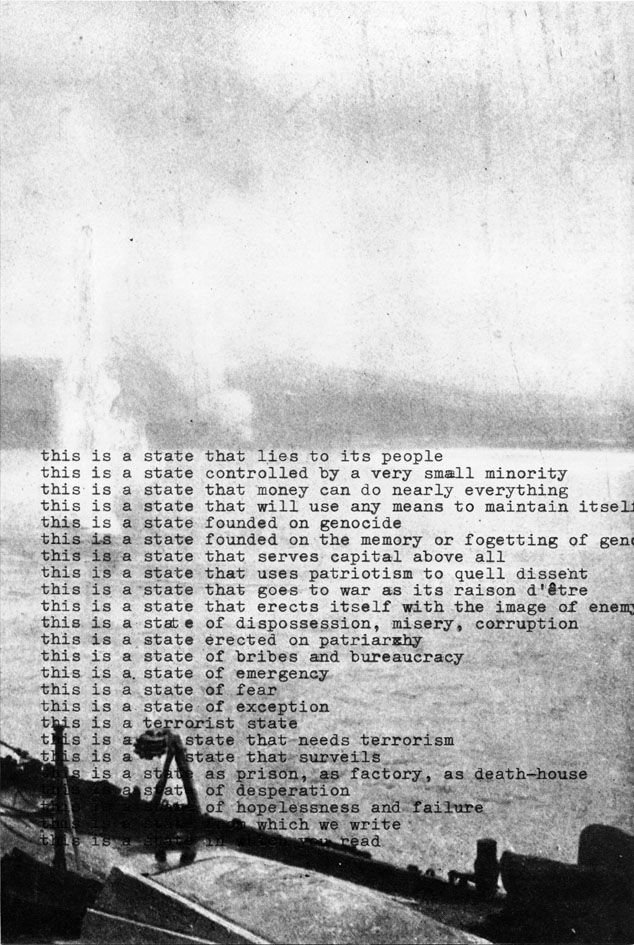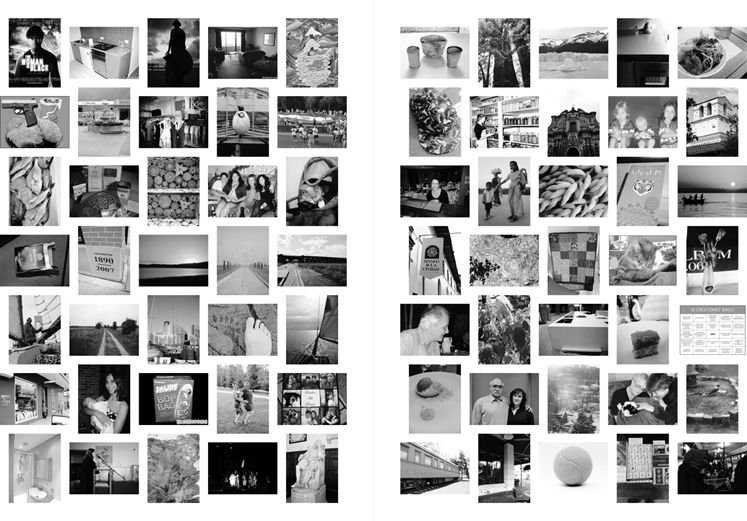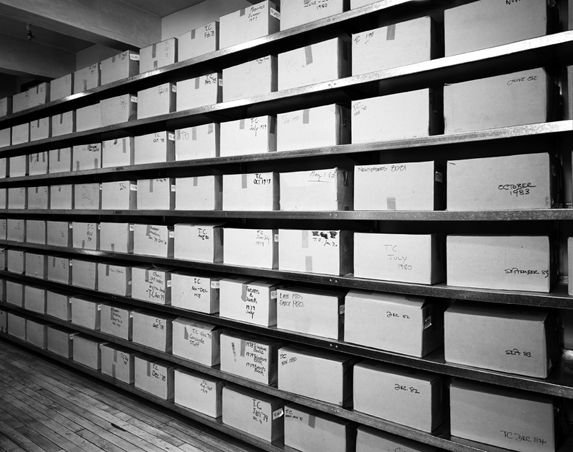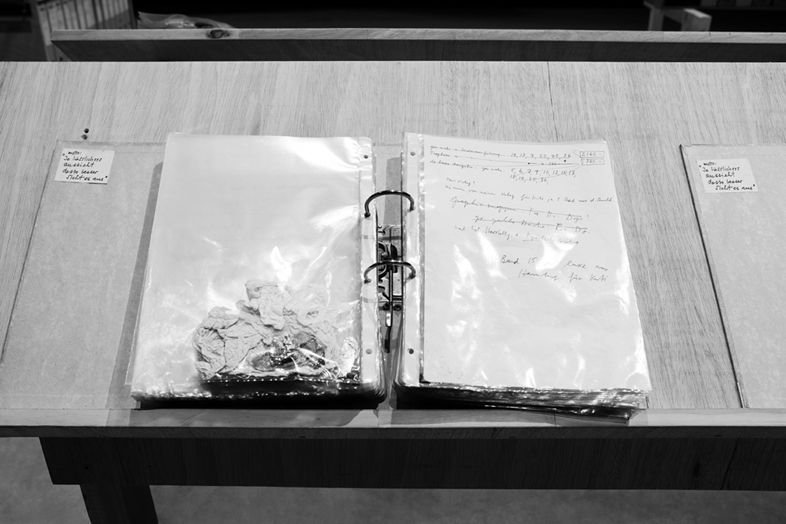Archivi impossibili
Un'ossessione dell'arte contemporanea
Well before the spread of social networks and recording methods turned all of us into potential archivists, contemporary artists came up with new cataloguing systems using the languages and media available to them, often taking inspiration from the visual compendia and “portable museums” of illustrious 19th century predecessors, such as Warburg’s Bilderatlas and Malraux’s imaginary museum. From Gerhard Richter’s atlas, a collection of thousands of images used as iconographic sources for painting, to Hanne Darboven’s album, a monumental cosmology that condenses personal history and collective memory, to Marcel Broodthaers’ museum, a clever critique of art institutions, to Hans Haacke’s archive, a method of research and socio-political commitment: the archival furore took possession of artistic practice.
That behind every taxonomic urge is a desire for order, a search for identity, impatience with the traditional organization of knowledge and power, or simply a horror vacui that urges disposophobics to create sanctuaries for the banal, basically there is always a need to restore a deeper logic to relics and traces; collected, assembled and reinserted in a new context, they take on an unexpected value. So the archive is no longer just an inert pile of documents which gives rise to the unease that Derrida associated with the mnestic process, but becomes, in a Foucaultian sense, a critical device capable of regenerating the customary logic of safeguarding, using and spreading knowledge, of reactivating memory and political awareness. From this point of view, the artist becomes the principal actor of social and cultural change.
In this book Cristina Baldacci ranges over the long, involved history of archives, putting together the rich mosaic of roles and meanings that the archive has assumed over time, elucidating its relevance as work of art, and therefore as a classification system that is atypical and, in a sense, impossible.
That behind every taxonomic urge is a desire for order, a search for identity, impatience with the traditional organization of knowledge and power, or simply a horror vacui that urges disposophobics to create sanctuaries for the banal, basically there is always a need to restore a deeper logic to relics and traces; collected, assembled and reinserted in a new context, they take on an unexpected value. So the archive is no longer just an inert pile of documents which gives rise to the unease that Derrida associated with the mnestic process, but becomes, in a Foucaultian sense, a critical device capable of regenerating the customary logic of safeguarding, using and spreading knowledge, of reactivating memory and political awareness. From this point of view, the artist becomes the principal actor of social and cultural change.
In this book Cristina Baldacci ranges over the long, involved history of archives, putting together the rich mosaic of roles and meanings that the archive has assumed over time, elucidating its relevance as work of art, and therefore as a classification system that is atypical and, in a sense, impossible.
Textual index
Introduzione. Perché l’archivio
I. Archiviomania
1. Un mosaico teorico
2. Il ritorno all’attitudine enciclopedico-classificatoria
3. Accumulare al posto di selezionare
4. Memorie ritrovate e storie da riscrivere. Il crollo del Muro e la svolta postcoloniale
II. Pratiche d’archivio
5. L’ebbrezza del porre in lista: indici, elenchi, inventari
6. La mostra catalogo, il catalogo mostra. Incertezze critiche e licenze artistiche
7. Il corpo come deposito vivo. Dal gesto performativo alla presenza organica
8. Immagini in movimento tra found footage e remix
III. Anarchivi, antiarchivi, controarchivi
9. Ripensare il mondo: atlanti e mappe
10. L’atlante nomico di Gerhard Richter
11. Ricomporre l’io: album e diari
12. L’album enciclopedico di Hanne Darboven
13. Rimettere in scena la storia: musei e Wunderkammern
14. Il museo ideale di Marcel Broodthaers
15. Riattivare l’impegno sociopolitico: schedari di carta e database digitali
16. Lo schedario burocratico di Hans Haacke
Archivi impossibili



